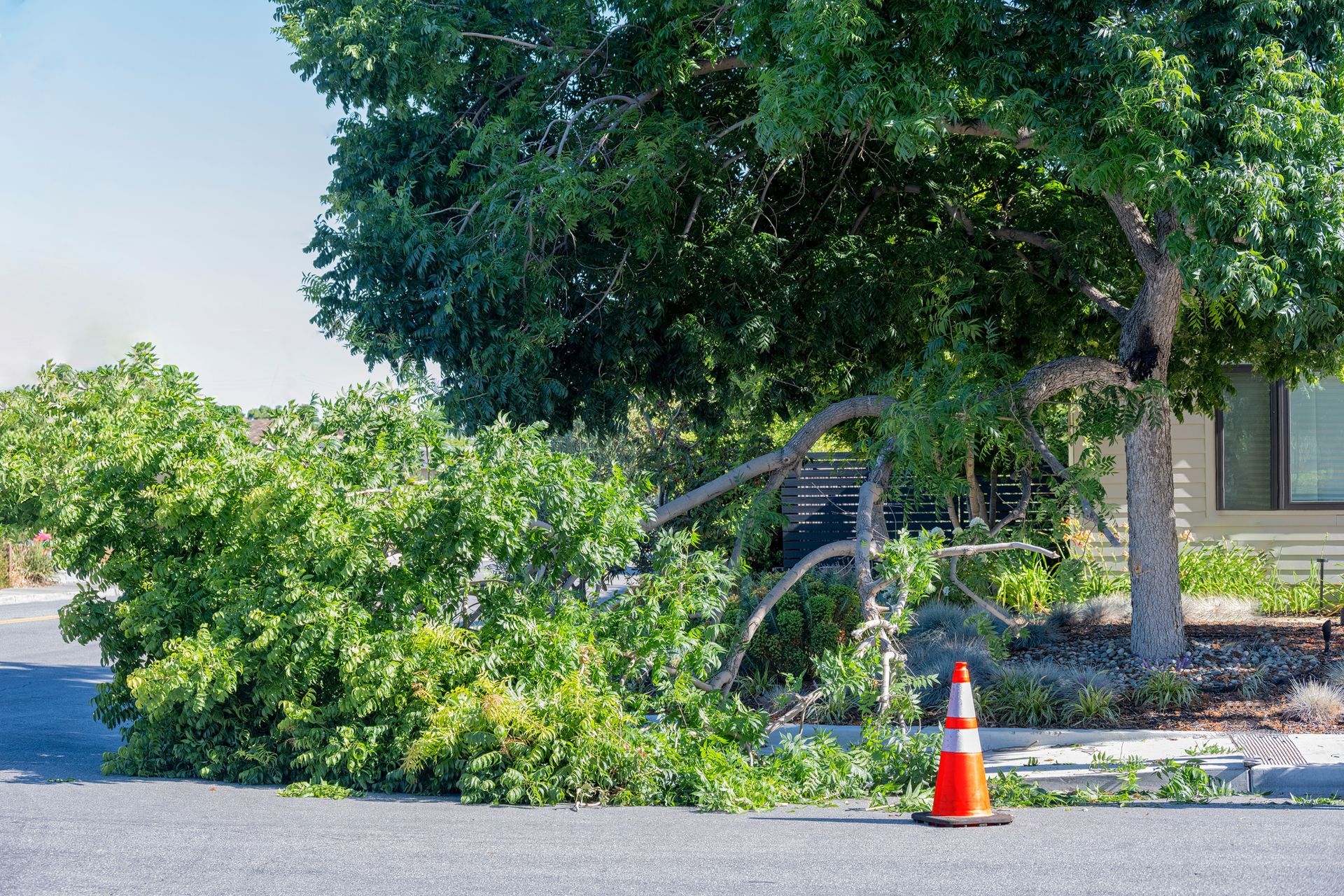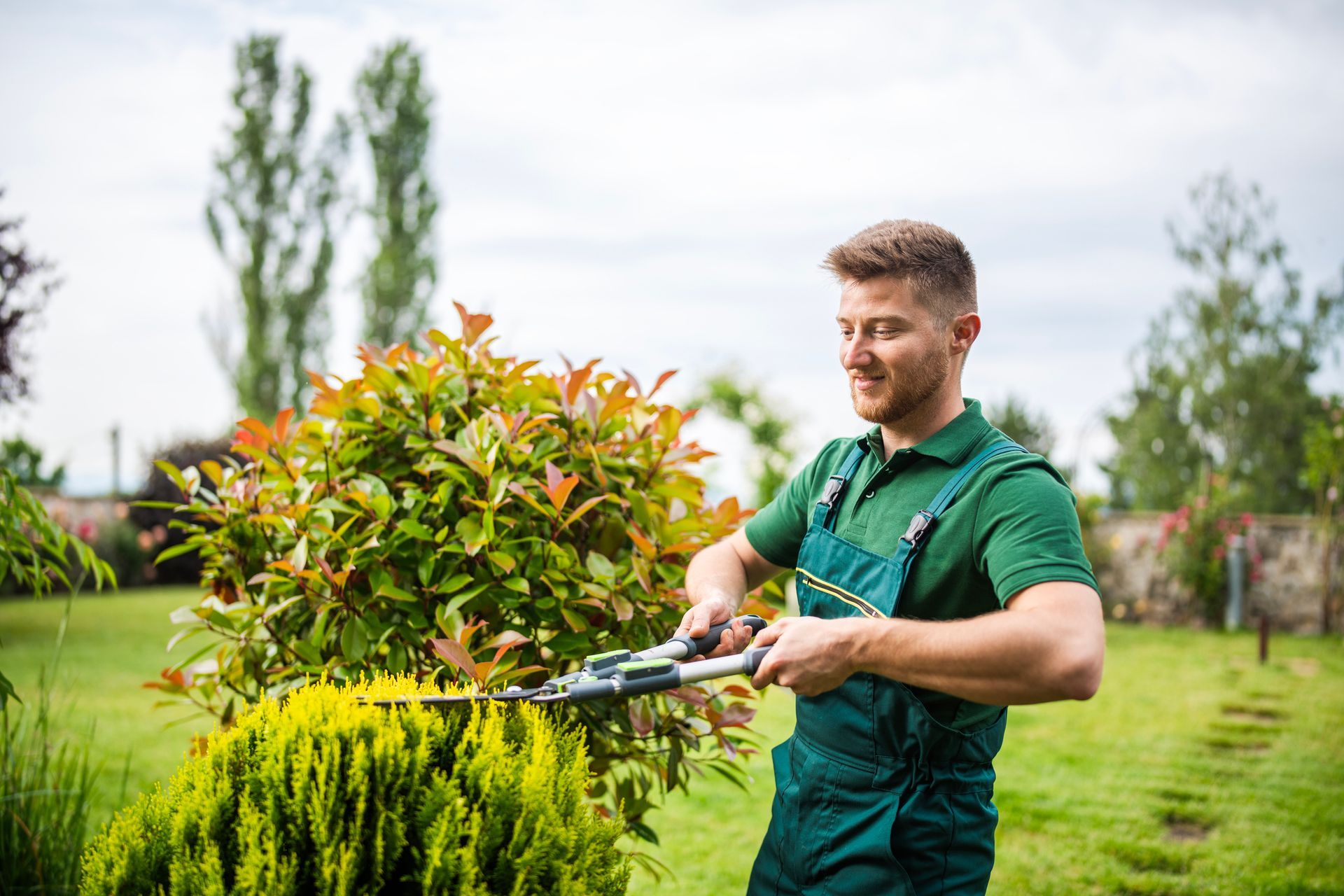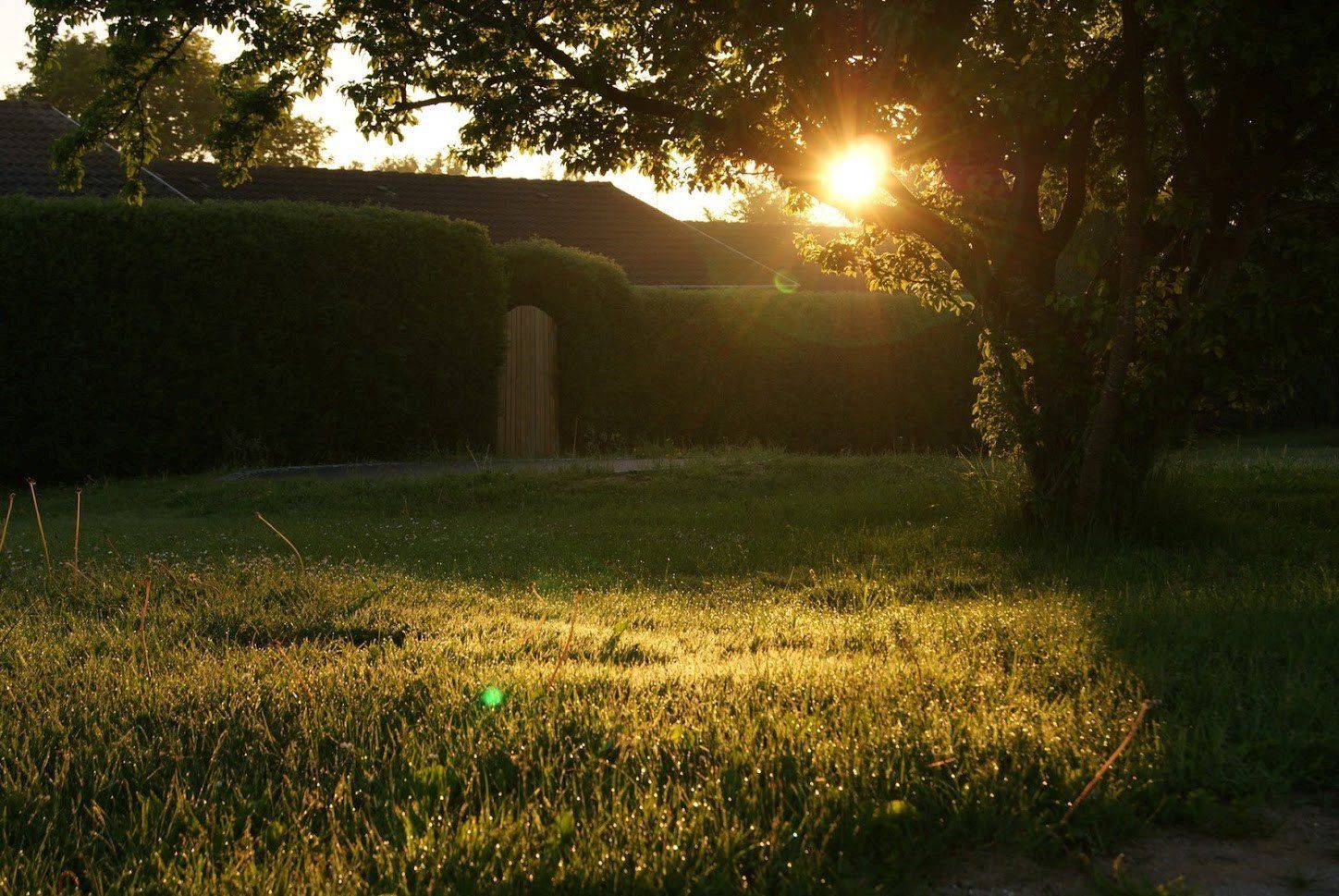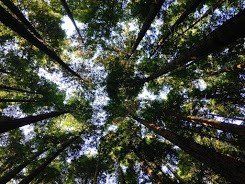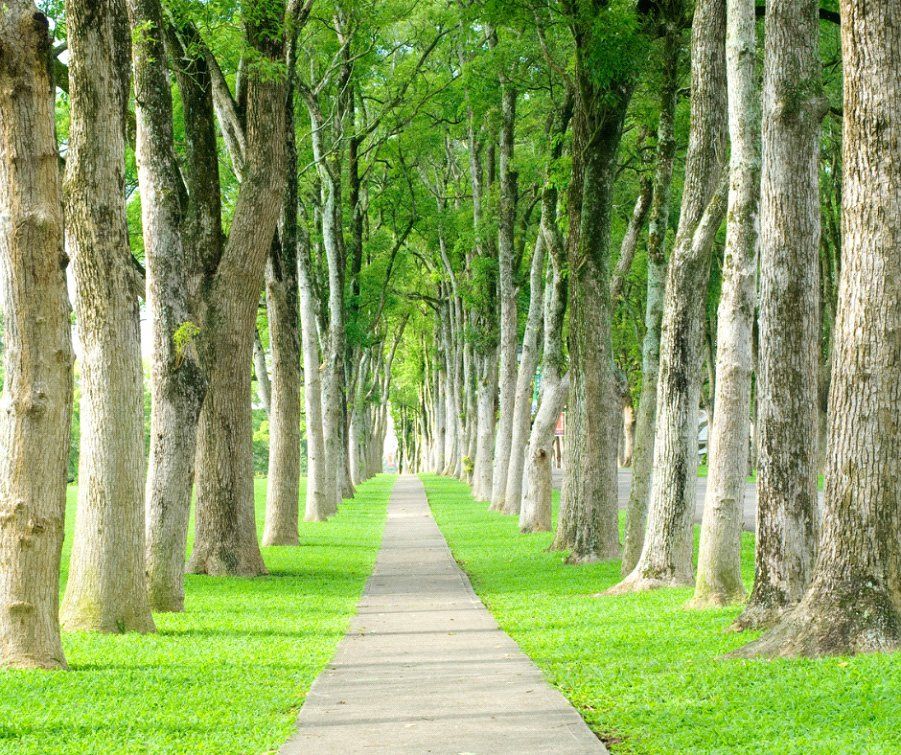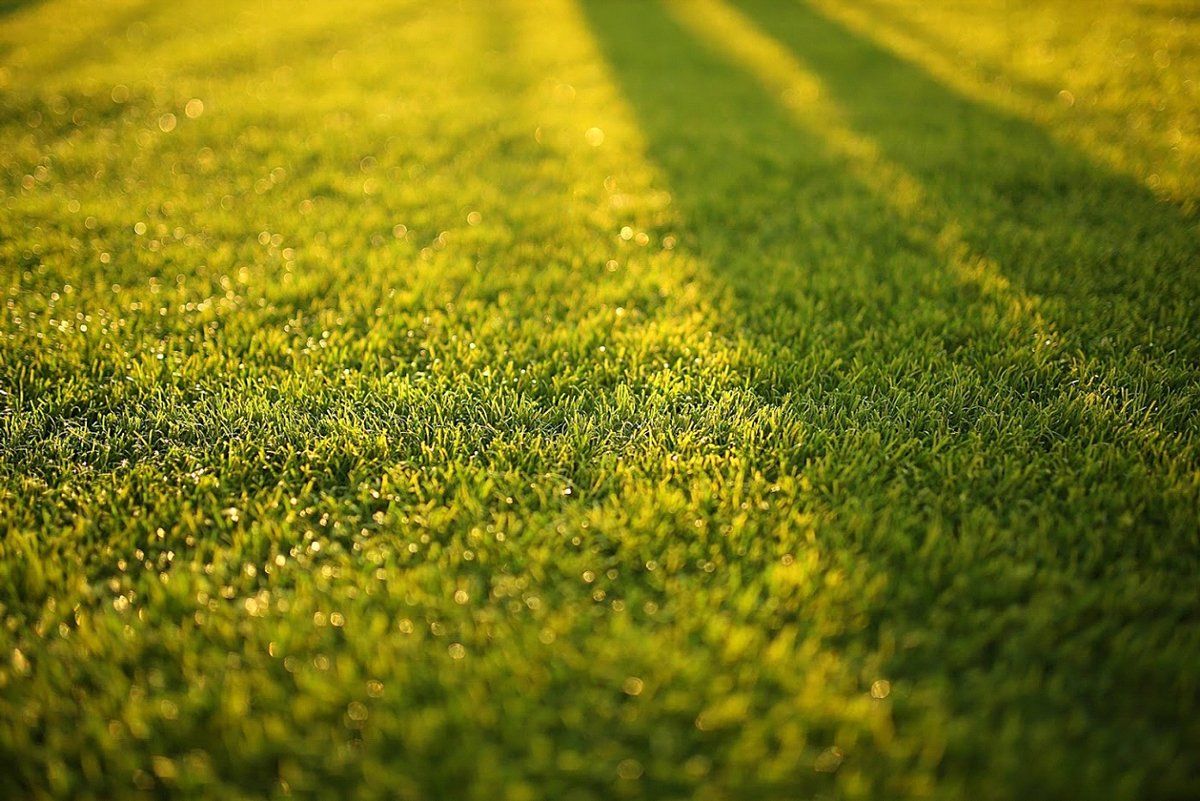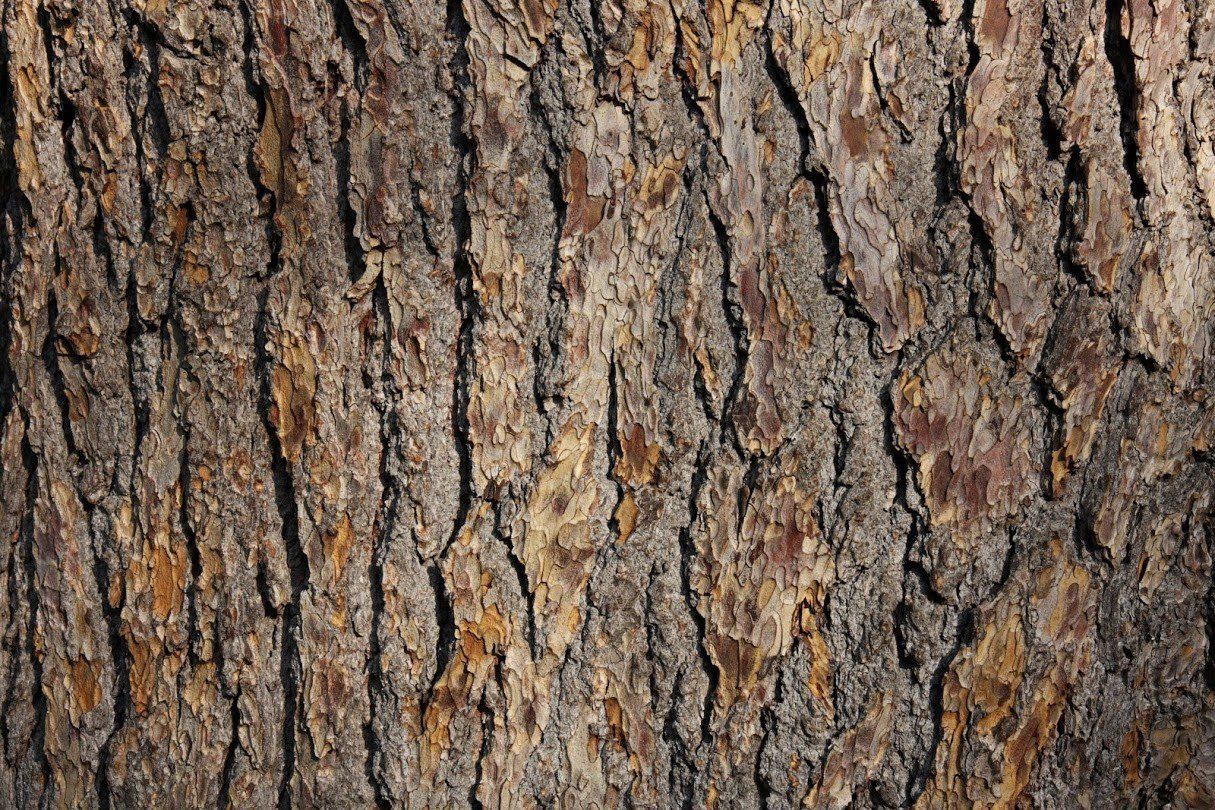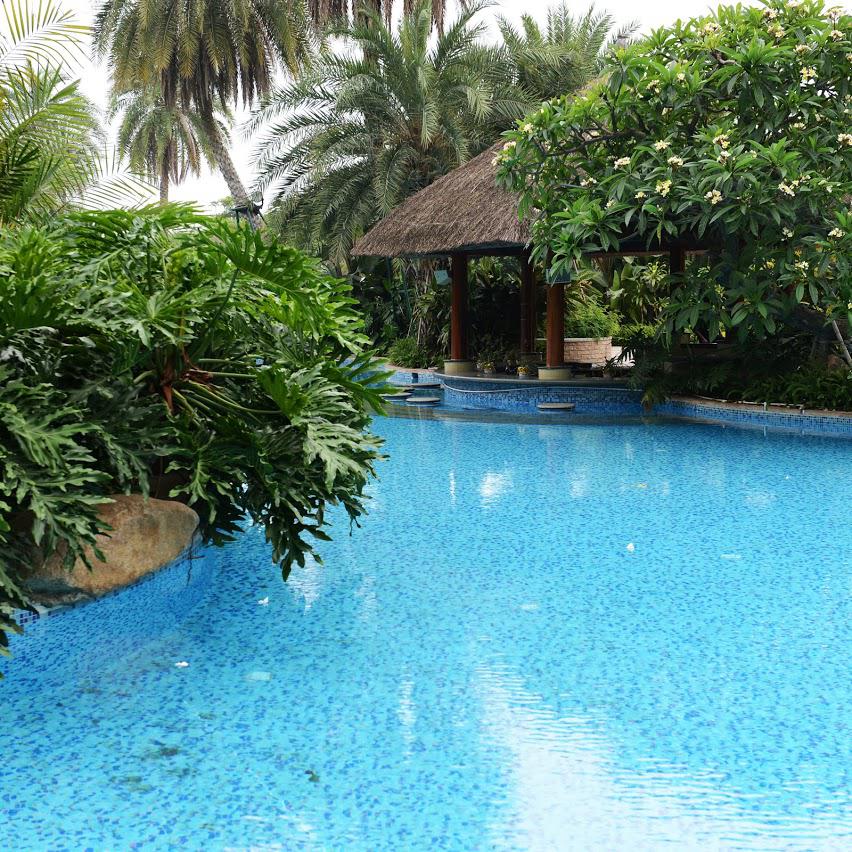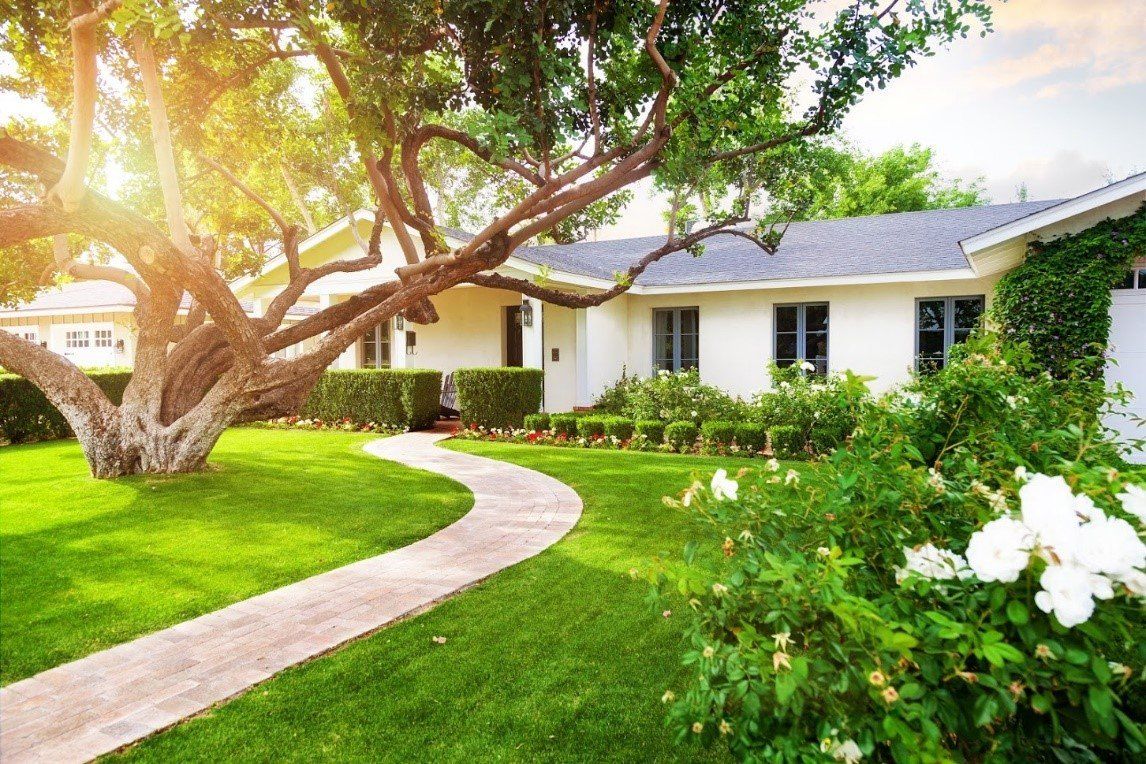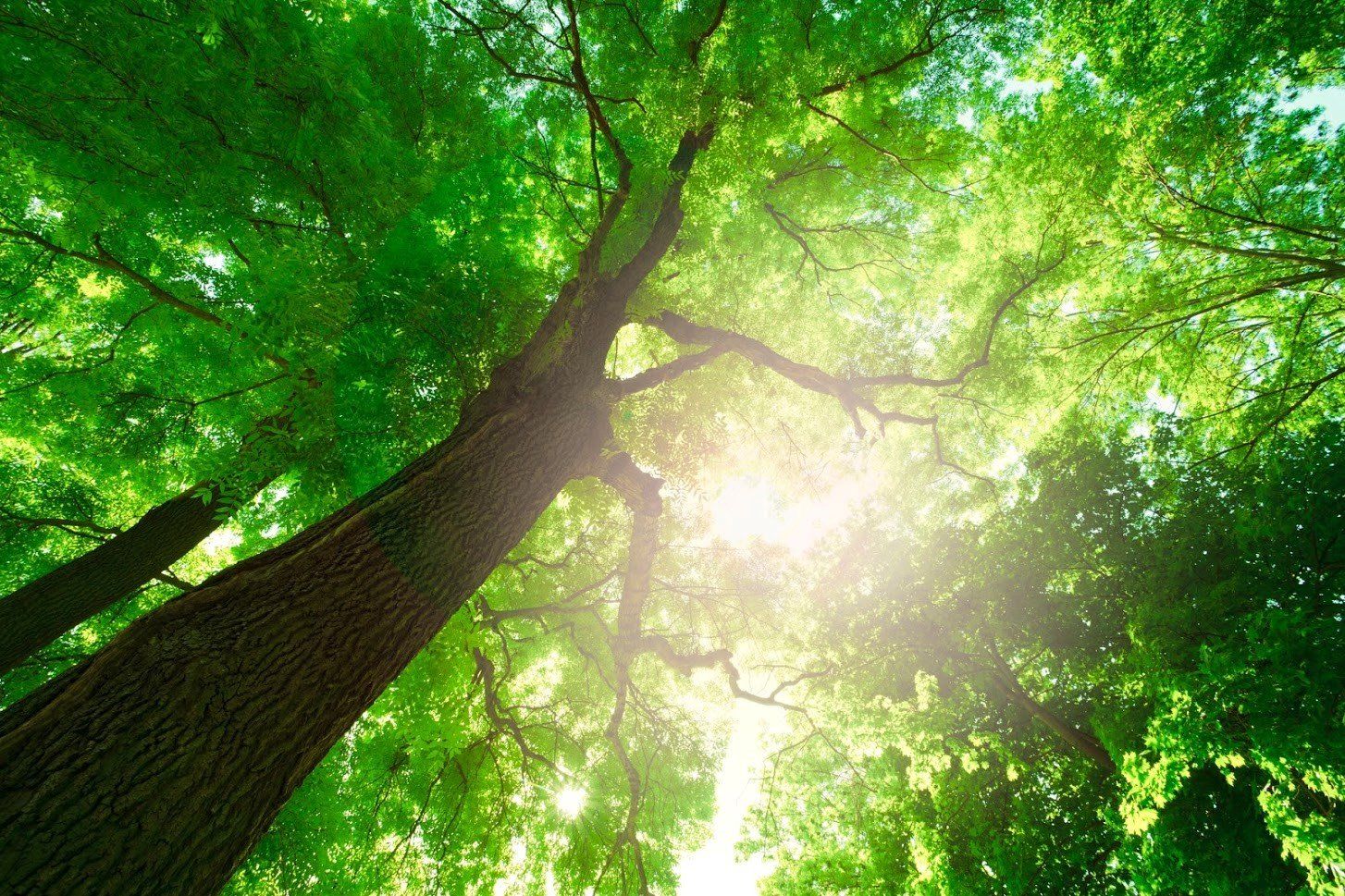4 Variables That Affect Whether You Should Sell Your Trees
Admin • October 31, 2020
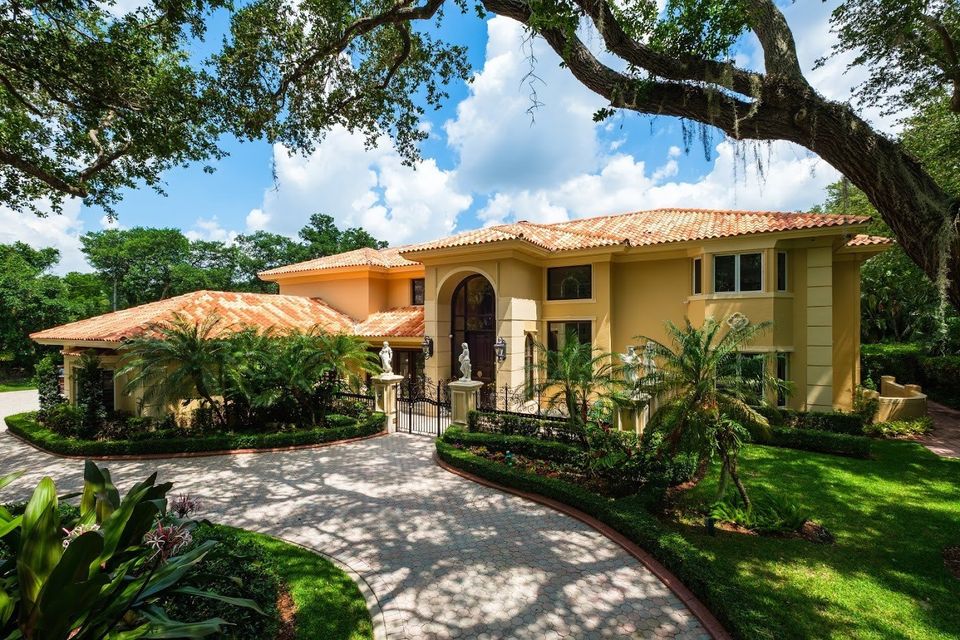
While existing trees are valuable for environmental reasons and may add curb appeal to your property, trees sold for timber can give you their value in cash. Some trees are more desirable to loggers than other trees, though. Here are some variables that affect whether or not your trees are likely to fetch a good price if you remove and sell them.
1. Tree Varieties
Hardwoods tend to be relatively expensive and valuable. Typically, if you have hardwood trees, you can expect them to be worth more than a less sought-after type of tree. Hardwoods tend to be slower-growing trees such as oaks, ashes, and black cherry.
Your tree services experts can help you determine what types of trees you have on your property.
2. Tree Size and Age
As you'd expect, larger, older trees tend to be worth more. This is not just because a larger tree contains more wood, but also because these larger trees are rarer because they take longer to grow. For a high-value log, the tree will typically need to be at least 16 inches
across when measured at a height of 4.5 feet (although the specifics can vary by tree species).
If you're having the trees removed because they're a threat to your house or because you're clearing an area to build, you won't want to wait another twenty years while the trees finish maturing. Just be aware that if they're not very large yet, they may not be as desirable to buyers.
3. Tree Health and Condition
The tree's condition should be free of structural defects, disease, deformities, and similar issues. A tree that's been damaged by disease, insects, or even harsh weather conditions may be significantly less valuable as timber. Some signs of these problems that you can check for from the outside of the tree include:
- Any open wounds on the trunk
- Knots or broken-off branches
- Any signs of rot
- Insect holes or other signs of insect activity
- Blackened, burned-looking areas
- Burls or other malformations
- Broken-off or unhealthy-looking tree top
If you see severe examples of these or several of these signs on the same tree, you should assume that at least some of the tree's wood is damaged. While not every health issue will disqualify your trees from being sold as timber, they tend to make the tree less valuable or make the amount of usable wood smaller.
Objects such as nails or screws driven into the tree can also damage the wood and make the tree less valuable. A tree care expert can help you more definitely assess your trees' condition.
4. Logistics and Efficiency
Getting logging equipment all the way out to your property takes time and effort, which means any company buying logs from you will make an investment beyond just what they pay you. The more complicated the logistics are and the fewer trees they'll get for their trouble, the less likely they are to make a good profit on their investment.
Complicated logistics include things like harvesting trees from a yard while trying not to damage the house, harvesting a few select trees from a wooded lot, or hauling the trees extra-long distances back to the processing facility. Fewer complications and higher numbers of valuable logs are more likely to gain a good offer from a logging company.
These variables can all affect how much each of your trees will be worth as timber and whether or not you should try to sell them as timber when removing them from your property. If you discover your trees aren't likely to fetch much as timber, remember that keeping them on your property can also provide benefits (such as curb appeal and shade).
For more information on whether you should sell your trees as timber, choose a more typical style of tree removal, or keep the trees, talk to your local tree service experts at Kaily's Tree Service
today.

